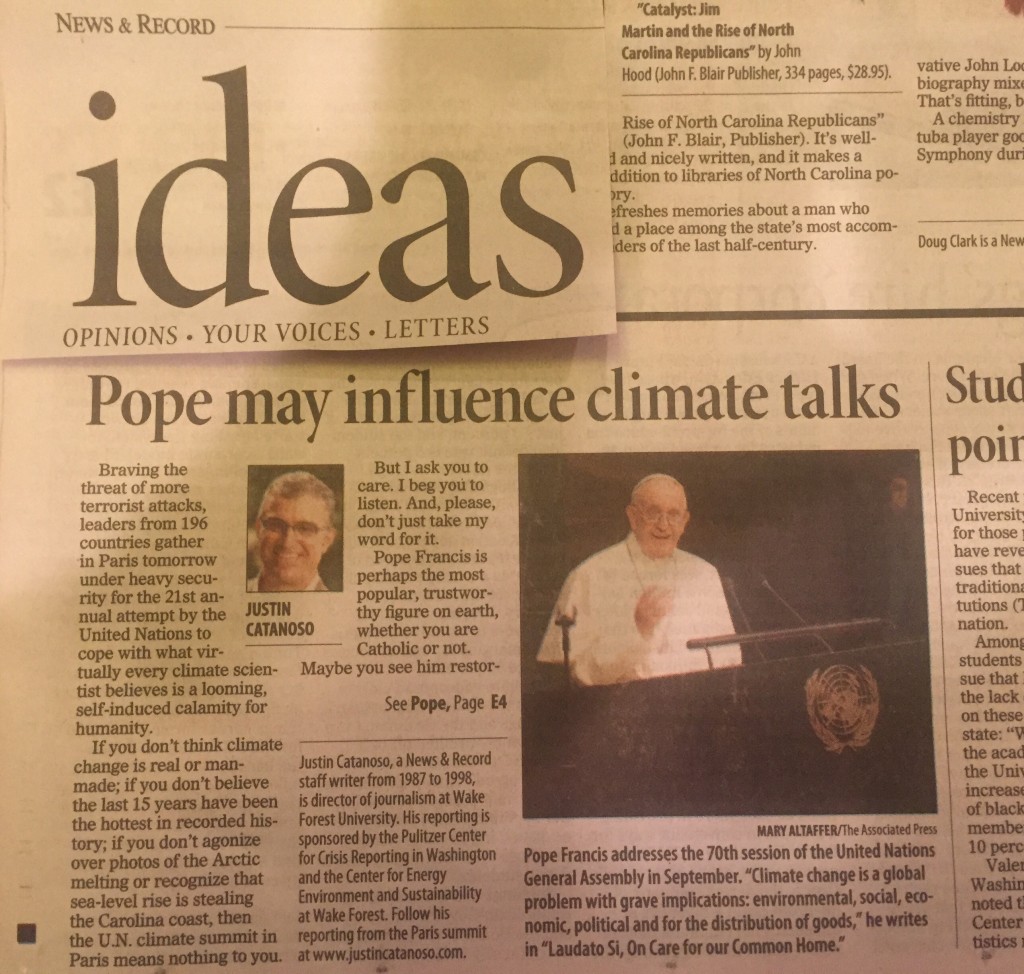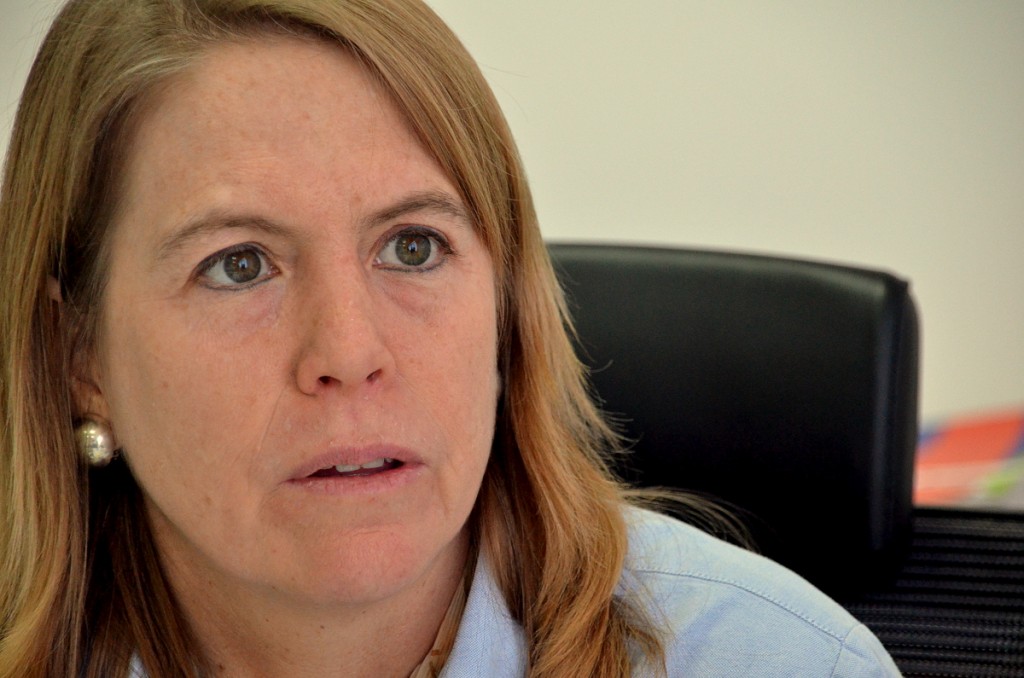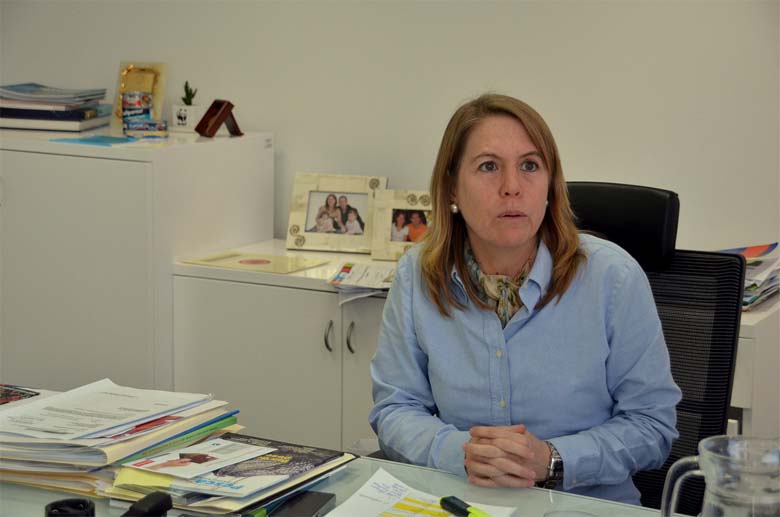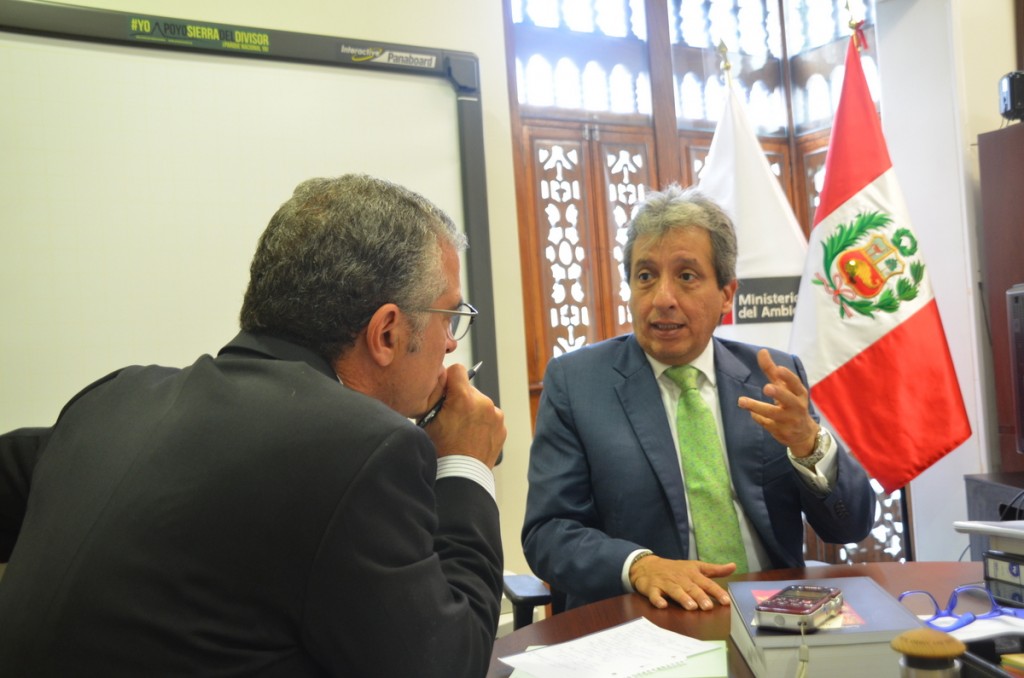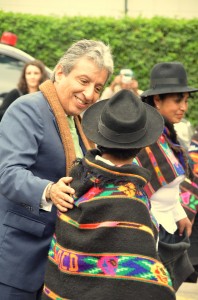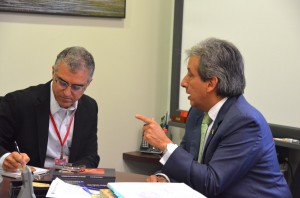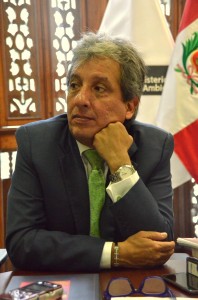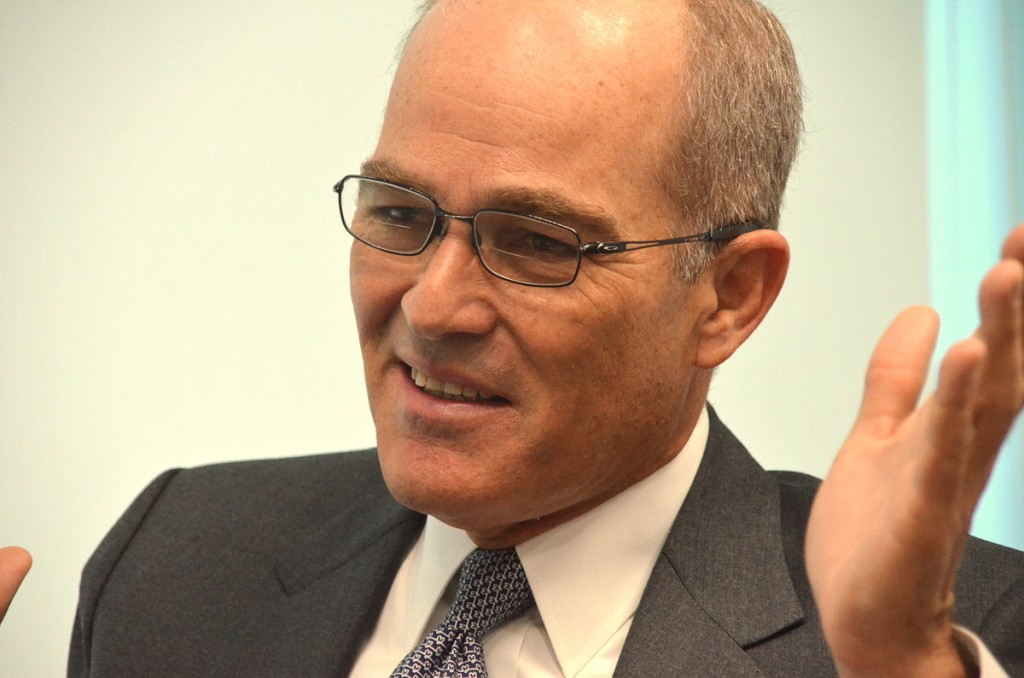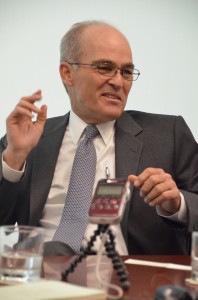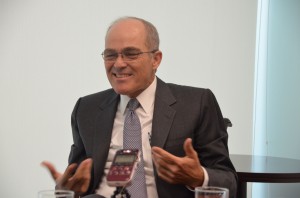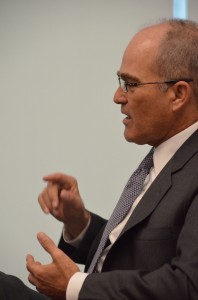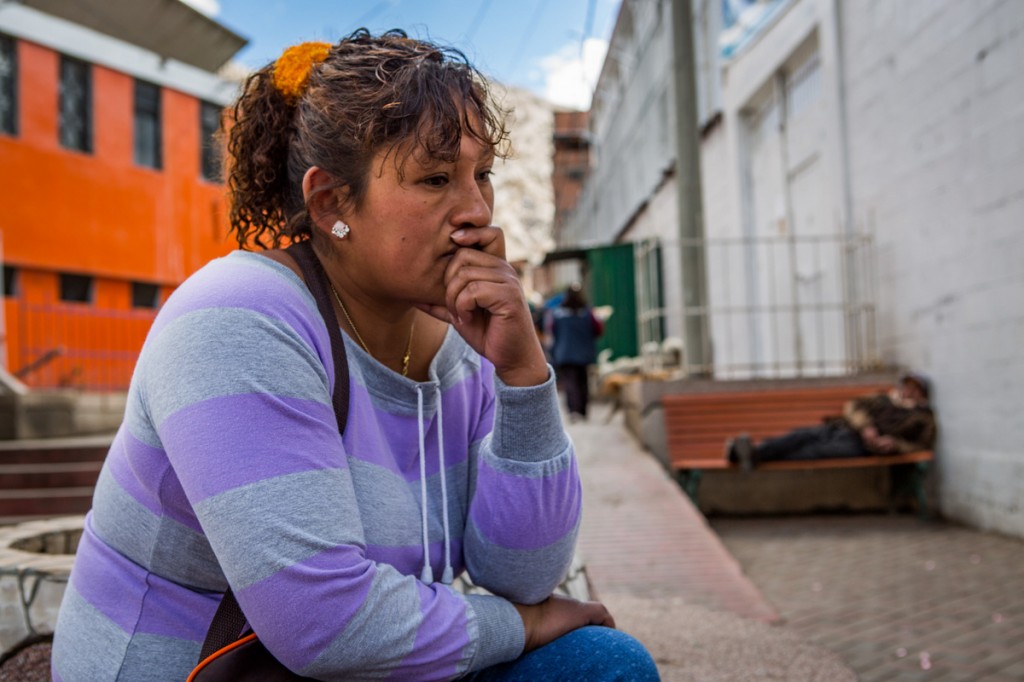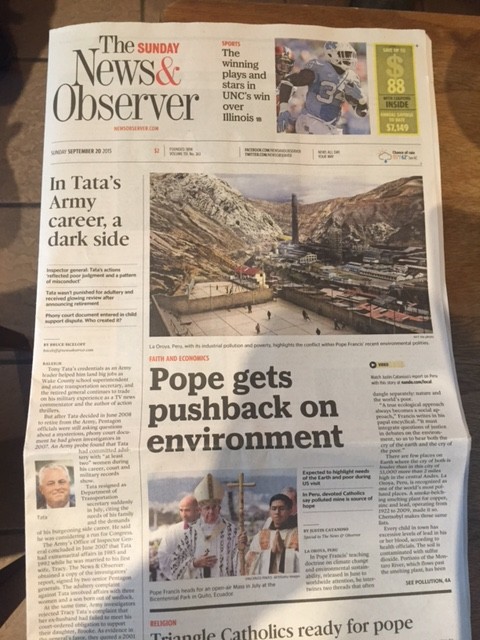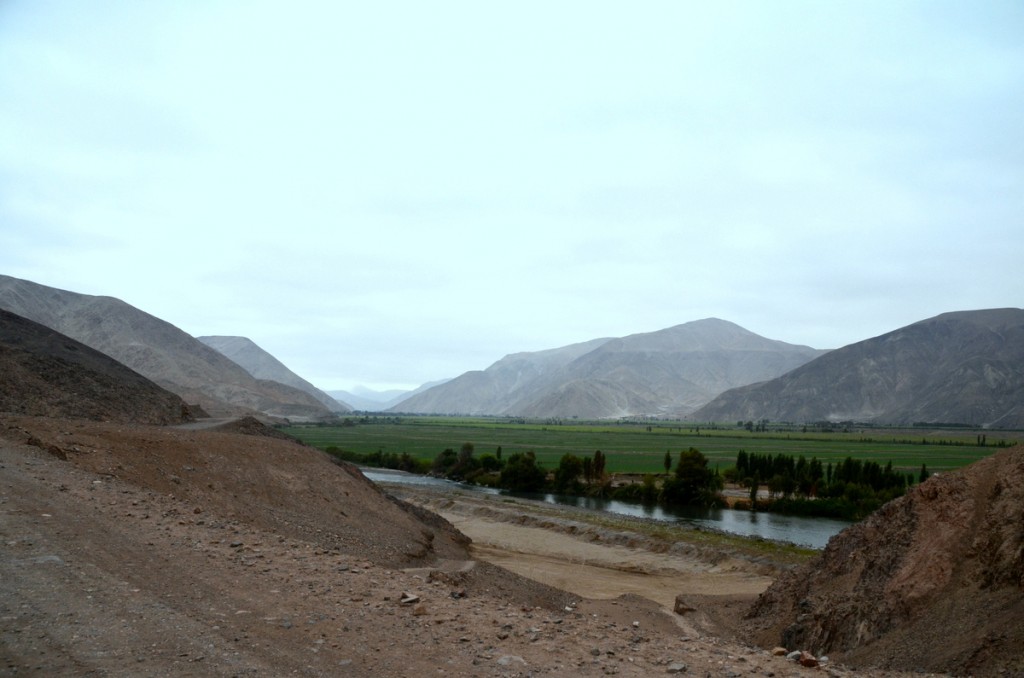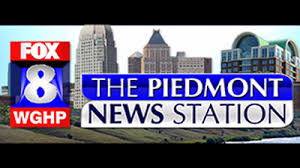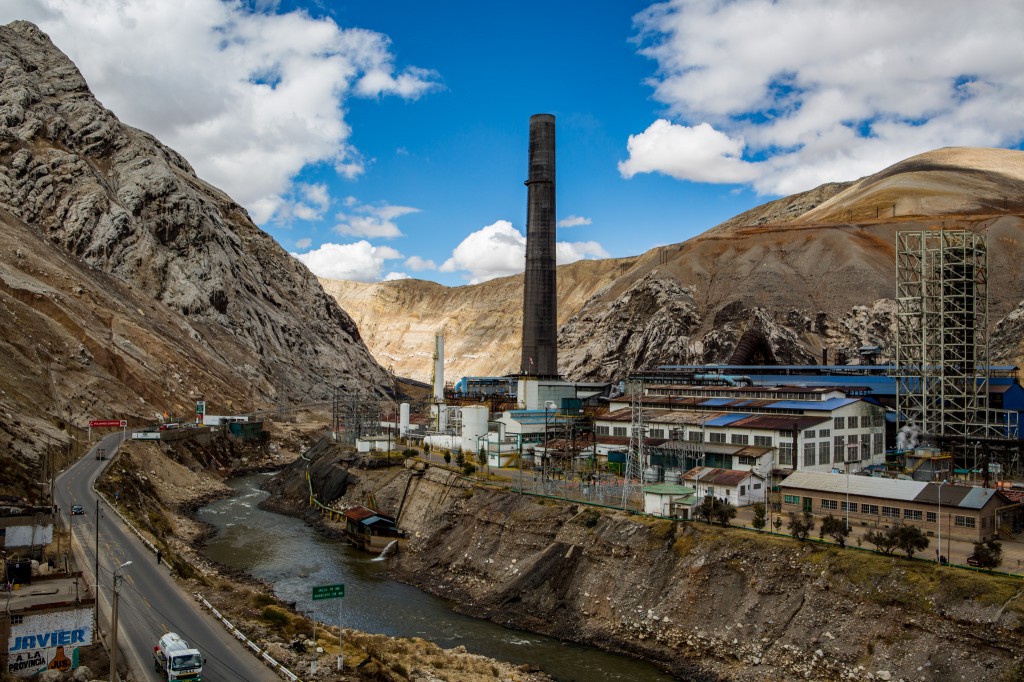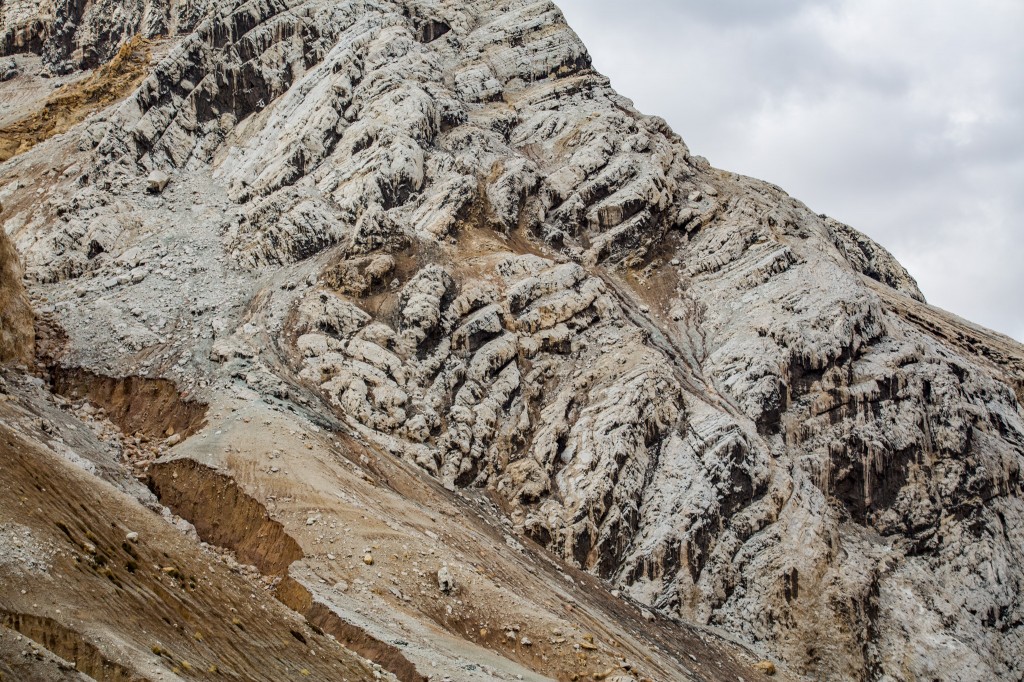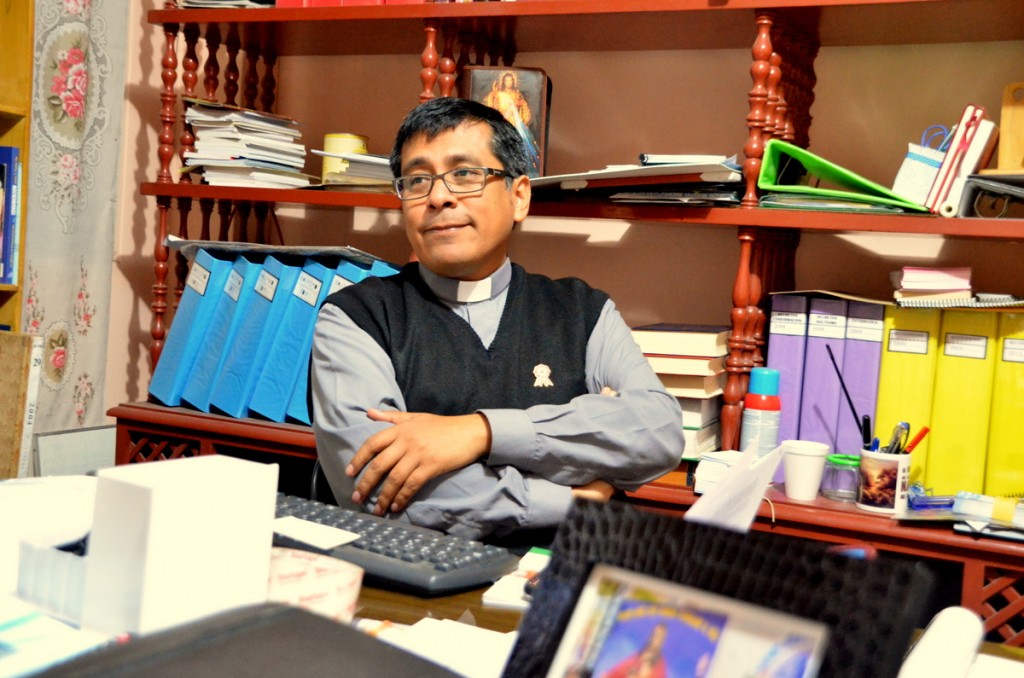
This Monday afternoon, Dec. 7, 2016, on the first day of the final week of the 21st UN climate summit, I slipped into a press conference just as Ban Ki-moon, the UN general secretary, was answering a question of great interest to me — the intersection of faith and climate change. Here’s what he said:
“I am very grateful to Pope Francis for his clear moral leadership on this issue with the document he released in June (the papal encyclical Laudato Si, On Care for Our Common Home). I have spoken with him about this and greatly appreciate his efforts in support of the environment.
“It’s important to realize that climate change has nothing to do with religion. It has everything to do with humanity. We have to show some wisdom. Not just wisdom, but common sense. We have to live harmoniously with nature. Nature does not negotiate with human beings. We have to adjust to nature. That’s our only choice.
“We have to do what science tells us. Climate change is caused by human behavior. It only follows that humans have to change their behavior. As you know, we don’t hear many skeptics any longer. Even so, faith leaders have a role to play in convincing the remaining skeptics that climate change is real, and with faith leaders, we must all act and work as one.
“We have only one planet. There is no Plan B because there is no planet B.”

